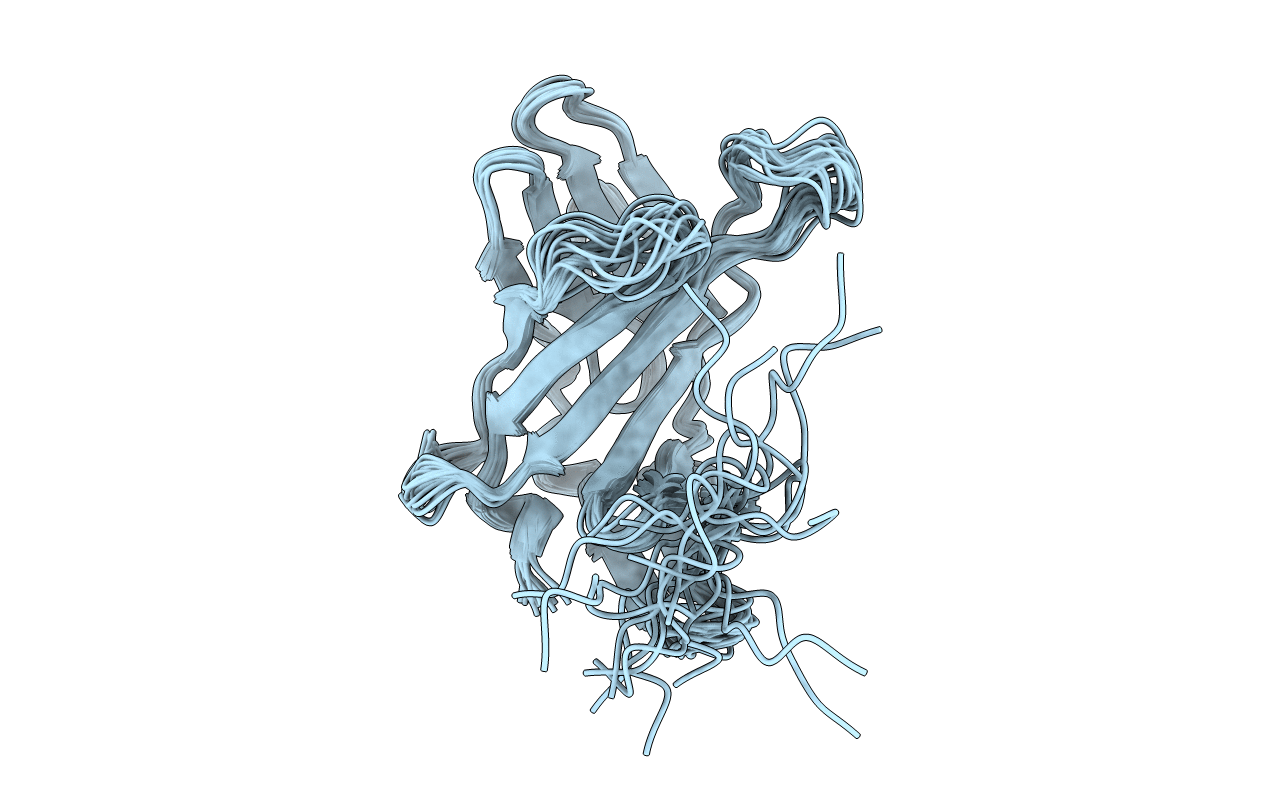
Deposition Date
2010-03-10
Release Date
2010-07-07
Last Version Date
2024-10-16
Method Details:
Experimental Method:
Conformers Calculated:
100
Conformers Submitted:
20
Selection Criteria:
target function


